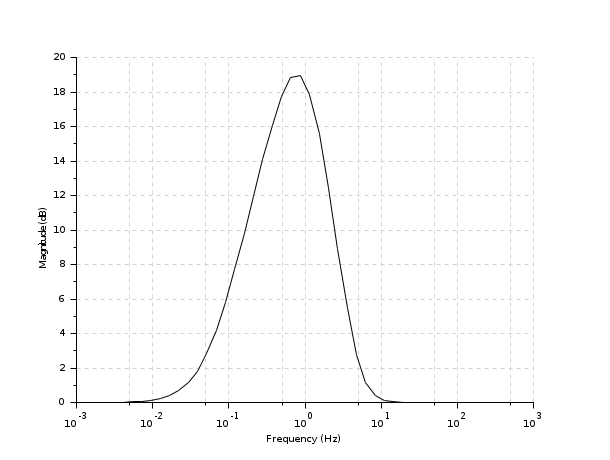


With my improved understanding of what's going on, I've now redrafted the question and focused it more tightly.īoth examples that I refer to in the introductory paragraph above assume that it's only position that's measured. ekf Extended Kalman Filter udp User Datagram Protocol lidar Light Detection And Ranging esc Electronic Speed Controller icc Inight Compass Calibration mpc Model Predictive Control ned North-East-Down xi.
#SCILAB KALMAN FILTER UPDATE#
Update 2: the original question here contained some errors, related to the fact that I hadn't properly understood the the wikipedia example on one dimensional position and velocity. Scilab Help> Signal Processing> Filters> sskf sskf steady-state Kalman filter Syntax xe sskf(y,f,h,q,r,x0)xe, pesskf(y,f,h,q,r,x0) Arguments y data in form y0,y1. Bayesian ARCH (see section 7.3 ARCH Models in Bauwens, Lubrano and Richard, 2003) arch.m: ARCH model with 2 parameters and Normal distribution.

This technique has the advantage over other tractography methods in terms of computational efficiency, due to the fact that the UKF simultaneously estimates the. Kalman Filter KalmanFilter.m: Kalman Filter. I've been looking at what was recommended, and in particular at both (a) the wikipedia example on one dimensional position and velocity and also another website that considers a similar thing. A novel adaptation of the unscented Kalman filter (UKF) was recently introduced in literature for simultaneous multitensor estimation and fiber tractography from diffusion MRI. Now, supposing we pick out one player and weigh that individual 10 times, we might get different values due to some measurement errors. Thanks to everyone who posted comments/answers to my query yesterday ( Implementing a Kalman filter for position, velocity, acceleration ). Kalman Filter is used to reduce these errors and successfully predict the next state.


 0 kommentar(er)
0 kommentar(er)
